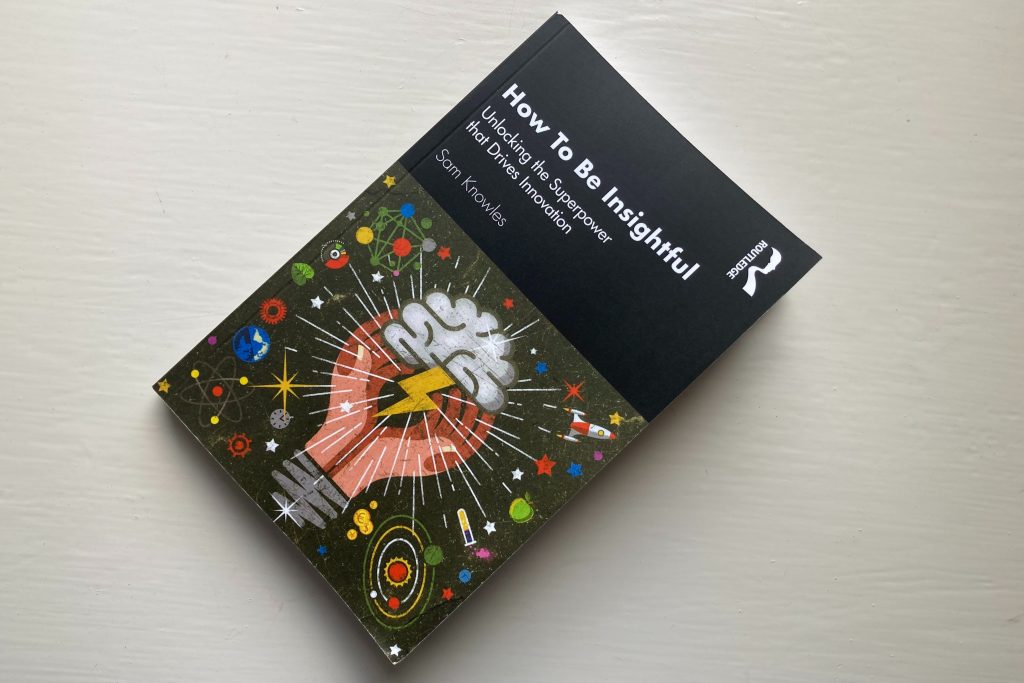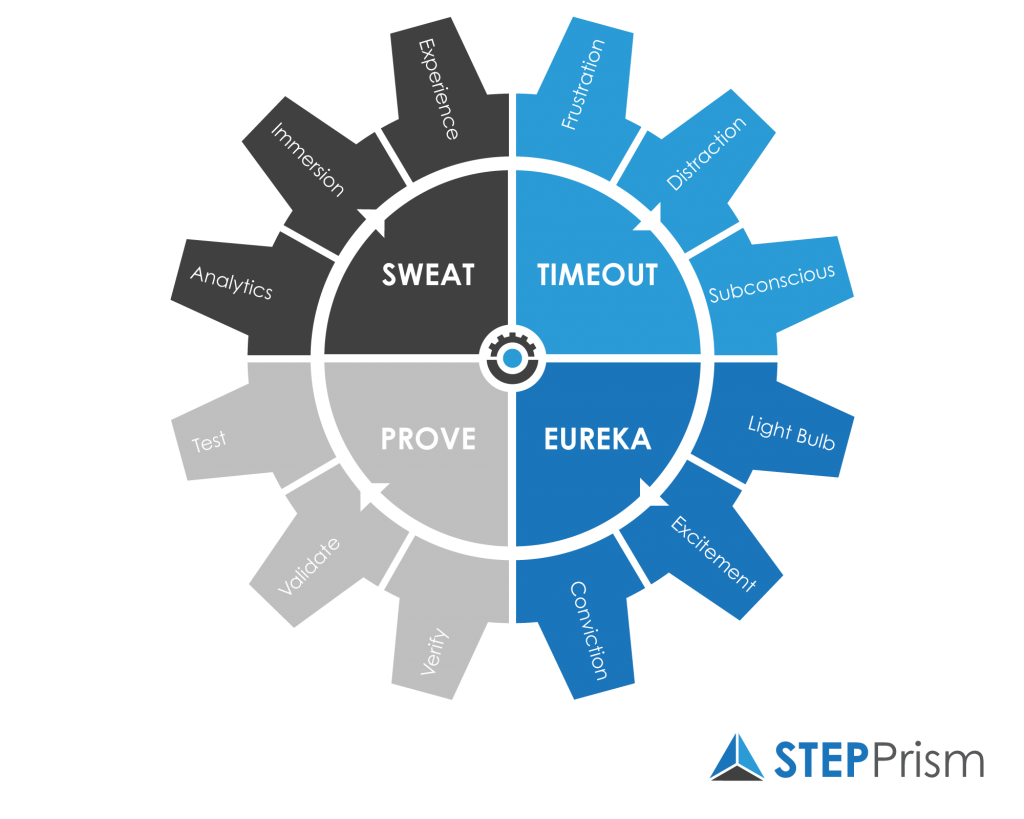Review: How To Be Insightful

About the author
Richard Bailey Hon FCIPR is editor of PR Academy's PR Place Insights. He teaches and assesses undergraduate, postgraduate and professional students.

How To Be Insightful: Unlocking the Superpower that Drives Innovation
By Sam Knowles
Routledge, 2020, 225 pages
The author’s late father Kenneth had been involved in wartime code breaking work at Bletchley Park – not that he’d ever mentioned this to his son who only learnt the truth from the historian Asa Briggs.
As Sam Knowles writes ‘a decent part of what I know about mashing up analytics and story I owe to my old man’. Knowles’s first book, Narrative by Numbers, focused on data and storytelling. This book is about the psychology of insight – or ‘thinking about thinking’.
Insight is defined here as ‘a profound understanding of a person, thing, situation or issue that we can use to help us advance.’ Knowles has distilled his lessons developed in training courses into a simple four step process summarised by the (trademarked – that’s another good story) acronym STEP.

Sweat: This is the research phase: ‘be curious’. It involves reading, talking and listening in order to learn about the topic and think outside your comfort zone and echo chamber.
Timeout: This is the thinking phase. ‘You need to step away from the challenge at hand and let your subconscious mind get to work.’
Eureka: This is the enlightenment phase. The timeout can vary in length, but you need to be ready to capture the insights whenever the exhilarating eureka moment arises. How will we recognise the moment? The author describes a physical response – a ‘scalp-tightening’ moment.
Prove: This is the testing phase. Rather than seeking to develop perfection before sharing, the author recommends bouncing your insight off colleagues, clients and collaborators early on. This will help you know if you’re onto a winner or ought to abandon the idea.
Yes, despite this memorable formula, ‘there’s no simple trick to suddenly being or becoming more insightful.’ This book emphasises the risk of confusing data with insight.
The author followed up his degree in classics with a doctorate in psychology. This book draws on neuroscience and psychology research, but it’s written in an entertaining and brisk style. As he writes, ‘this book is designed to be a deeply practical primer.’
To give an example, the text moves swiftly from neuroscience to neurodiversity and lists some high achieving dyslexics (Steve Jobs, Jamie Oliver, Steven Spielberg and Richard Branson) alongside the (most likely) autistic Charles Darwin, Isaac Newton and Albert Einstein.
The framing of the book and the examples it draws on are from commercial communication and especially advertising. So we’re given this description of strategic planning: ‘the application of scientific rigour to advertising through intelligent use of data, evidence and research.’
‘Building campaigns – for products and companies, public health education and behaviour change – is the stuff, the output, of commercial communication. When agencies, consultancies, or practitioners receive a brief, they invest time and energy flexing the curiosity muscles, getting as well informed about the subject of the brief as they can.’
The author understandably reveres the memory of his father and the other Bletchley Park codebreakers including Alan Turing. But the heroes in this book are so often just that: heroes rather than heroines. So he deserves credit for interviewing neuroscientist Baroness Susan Greenfield and forensic scientist Professor Angela Gallop for this book. They are the exceptions.
The author thanks Nicky Garsten for inviting him to teach a class at the University of Greenwich, and I plan to build his framework into my teaching next academic year.
This is a wise, brilliant, often funny (read the chapter endnotes; or try this criticism of clients who had no hinterland in the arts and popular culture that ‘they didn’t know their Arsenal from their Elbow’) and, yes, profoundly useful book.